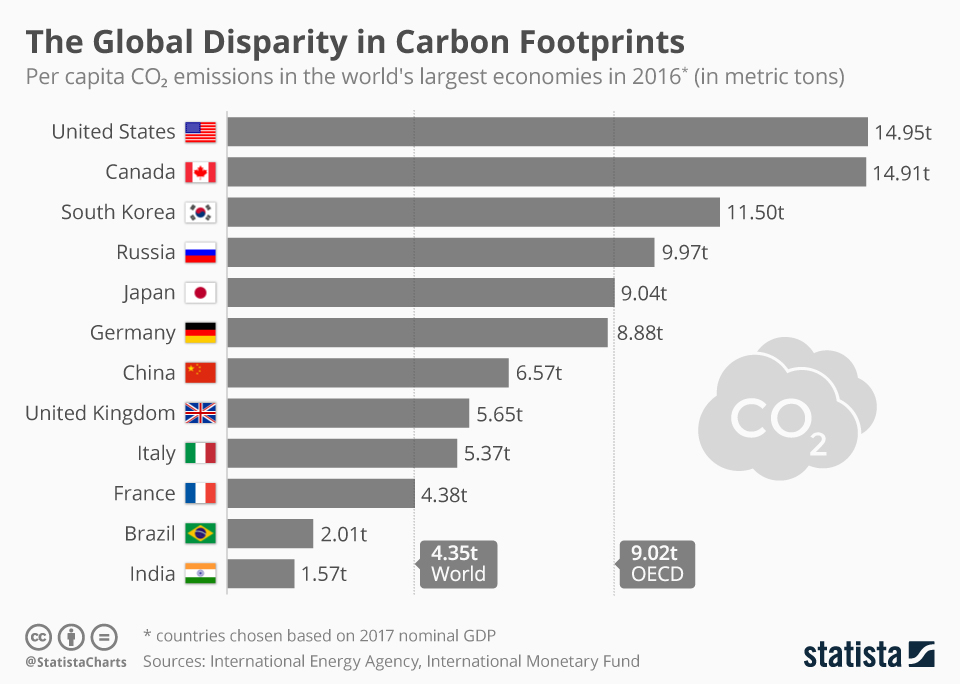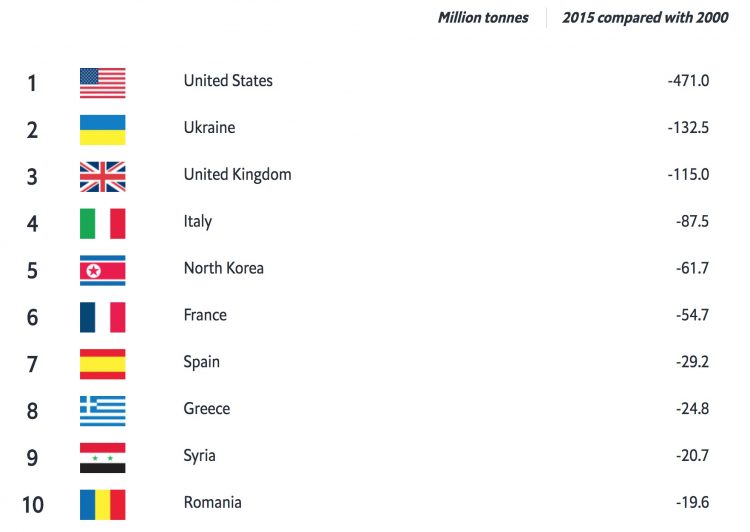Extreme weather had displaced roughly 20 million people each year over the past decade. This is according to Oxfam’s report, Forced from home: climate-fuelled displacement.
Huge gap
Extreme weather events are becoming more frequent recently, which is why there is a global initiative to maintain the global warming levels below 2°C or 1.5°C, the supposed thresholds that will prevent the world from sinking down to the point of no return — to the point that warming will only continue to increase so much that it will be chaos for humankind.
However, there remains to be a large emissions gap, according to the United Nations (UN). While most countries are well within their 2020 pledges to reduce emissions, almost everyone is lagging behind the 2030 goal.
From our partners:
The problem is, if we fail to be on track for the 2030 goal, we can no longer attain even just the 2°C goal.
Who’s taking the brunt?
Even just now, the weather conditions are quite extreme. This affects a large number of regions all over the world.
80% of those displaced by extreme weather conditions are from Asia. Other low-income and middle-income countries such as Cuba, Domica, Somalia, India, and Nigeria have the largest proportions of people displaced due to climate change.
The thing is, most of these countries are not the major emission contributors. However, it is they who suffer the brunt of the effects of the aberrant state of our world’s climate.
What we can do
Wealthy, developed nations are the largest contributors to the per capita CO2 emissions, as shown in the following list:
It is also these nations who are also among the leaders in the reduction of emissions:
However, according to the UN, the current levels of commitment remain insufficient to bridge the gaps. A threefold to fivefold intensification of commitments is needed at this point just to keep global warming at bay.
Climate action is, by all means, our collective responsibility. However, a lot more is expected from the developed countries who, aside from contributing greatly to why we have this problem to start with, are also those with the resources to greatly reduce carbon emissions.
Being top contributors of emissions, developed countries should look at the effect of their actions with a realistic point of view, seeing how urgent the matter of climate change is, and seeing how even just now their actions are causing so much damage to the world.
Sadly, almost none of them is willing to see the enormity of the problem, preferring the short term path of fast-tracked development at the cost of potentially ruining the planet for good.
The problem is, we need to act now. We are getting closer and closer to the point of no return.
Blinded by the shortsighted notion of development and self-interest, we have effectively set ourselves to the path of destruction. As things currently stand, the future is bleak for all of us.
It is infuriating how time and time again we set these large ambitions on climate change yet each time only deliver half-baked efforts to attain them. We should drop the pretense we are doing all we can to reduce global carbon emissions. This cannot be any further from the truth.















